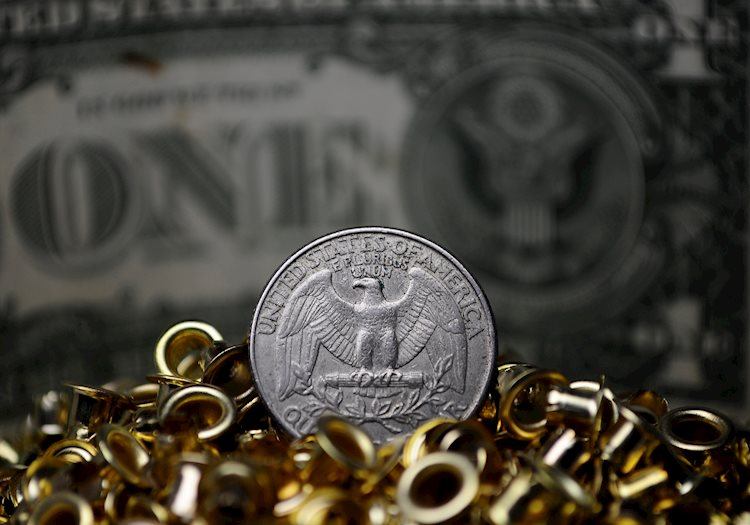The US Dollar experienced a slight increase recently after the release of positive Producer Price Index (PPI) data. This led traders to believe that interest rates in the US would remain steady, with fewer rate cuts expected from the Federal Reserve (Fed). The US Dollar Index struggled to break above the 103.00 level, trading above 102.50. The main driver for this upward movement was the rate differential, as traders awaited further data to confirm the direction of the US Treasury rates.
The economic calendar last week was filled with crucial data releases, including the PPI numbers for September that exceeded expectations, while the preliminary reading from the University of Michigan on Consumer Sentiment and inflation expectations for October fell below expectations. The response from the market was positive, with equities soaring after the release of the Michigan numbers. The chances of a 25 bps interest rate cut at the next Fed meeting in November were priced in at 84.0%, with a lower chance of no rate cut at 16.0%. The US 10-year benchmark rate traded at 4.10%, staying above 4%.
The US Dollar Index (DXY) experienced a rapid increase this week as markets anticipated more rate cuts from the Fed. Although Fed officials have reiterated the possibility of further rate cuts, the movement in US Treasury rates did not align with their statements. The DXY faced resistance at the psychological level of 103.00, with the 103.18 level as the final resistance point for the week. Further levels to watch include the 100-day and 200-day Simple Moving Averages, along with the pivotal 103.99-104.00 levels. On the downside, support levels were identified at the 55-day SMA, the 102.00 round level, and the pivotal 101.90 level, with further support at 100.62 and the year-to-date low of 100.16.
The Federal Reserve (Fed) plays a crucial role in shaping monetary policy in the US, with a dual mandate of achieving price stability and fostering full employment. The Fed adjusts interest rates to control inflation and encourage economic growth. When inflation rises above the 2% target, the Fed raises interest rates, leading to a stronger US Dollar. Conversely, when inflation falls below target or unemployment is high, the Fed may lower interest rates to stimulate borrowing and spending. The Federal Open Market Committee (FOMC) holds eight policy meetings a year to assess economic conditions and make monetary policy decisions.
In times of crisis or extremely low inflation, the Federal Reserve may resort to Quantitative Easing (QE) to increase credit flow in the financial system. This process involves the Fed purchasing high-grade bonds from financial institutions, which can weaken the US Dollar. On the other hand, Quantitative Tightening (QT) is the process of stopping the purchase of bonds and allowing the matured bonds to expire, which can have a positive impact on the value of the US Dollar. Understanding these policies and their impact on the US Dollar is essential for traders and investors looking to navigate the foreign exchange market effectively.











